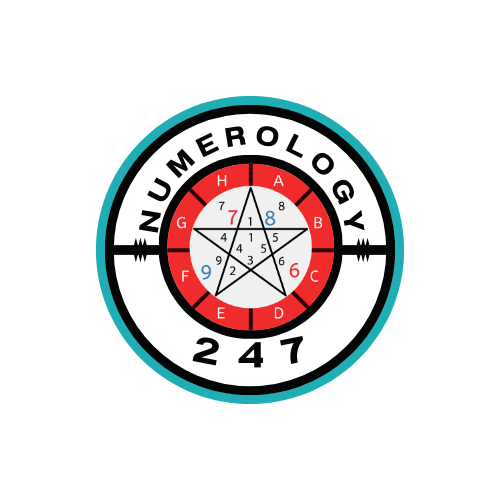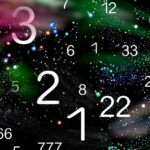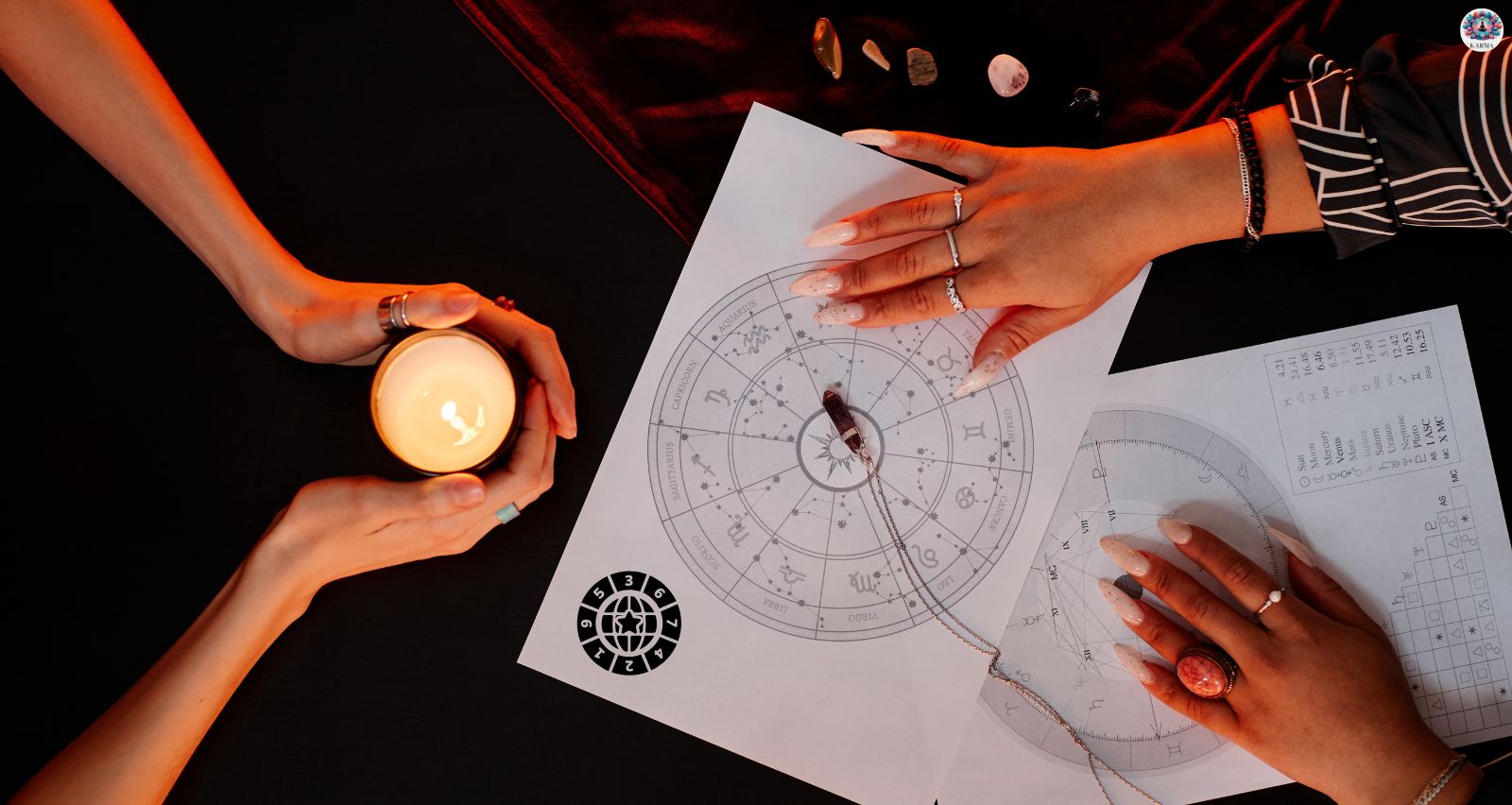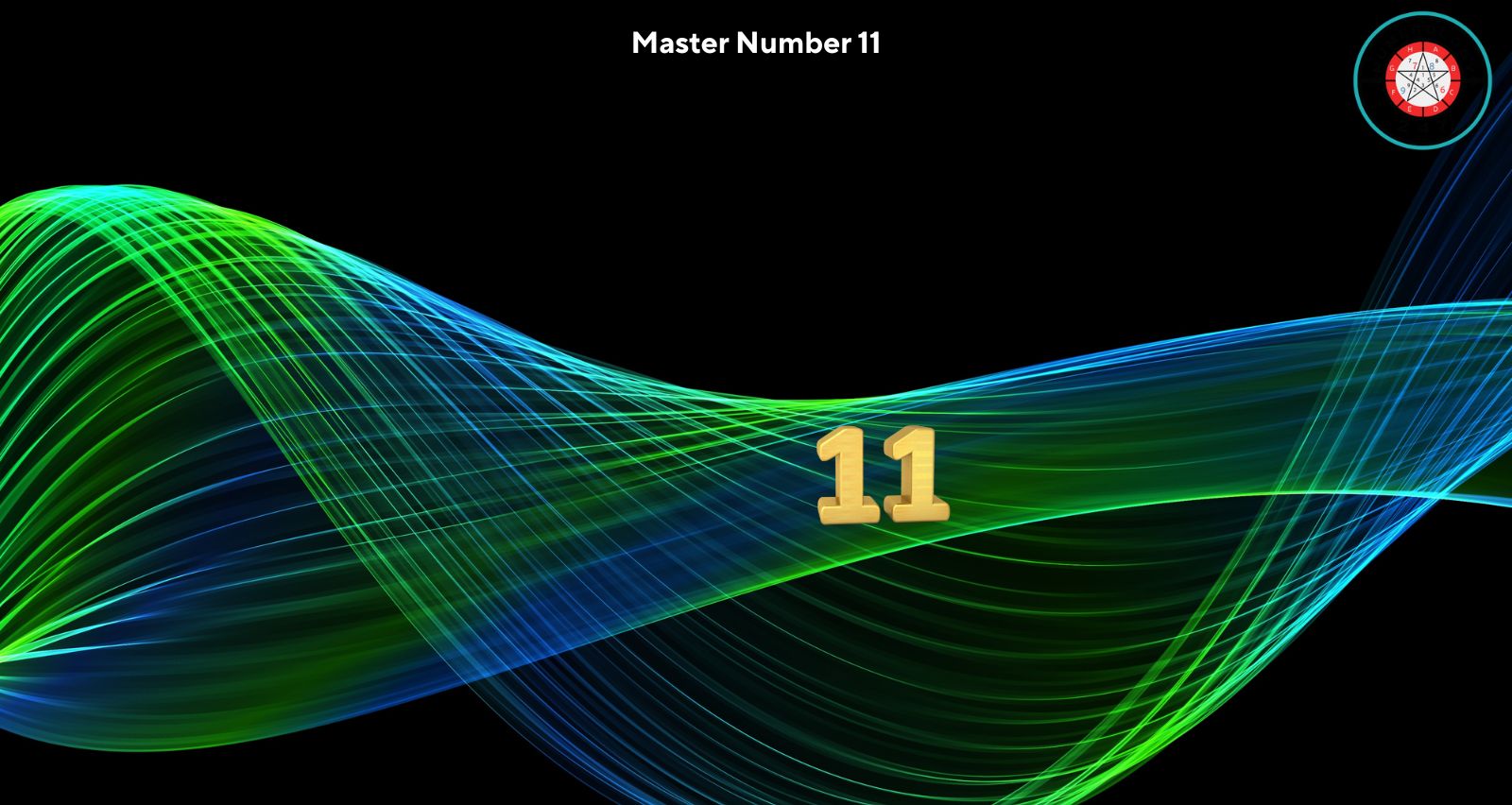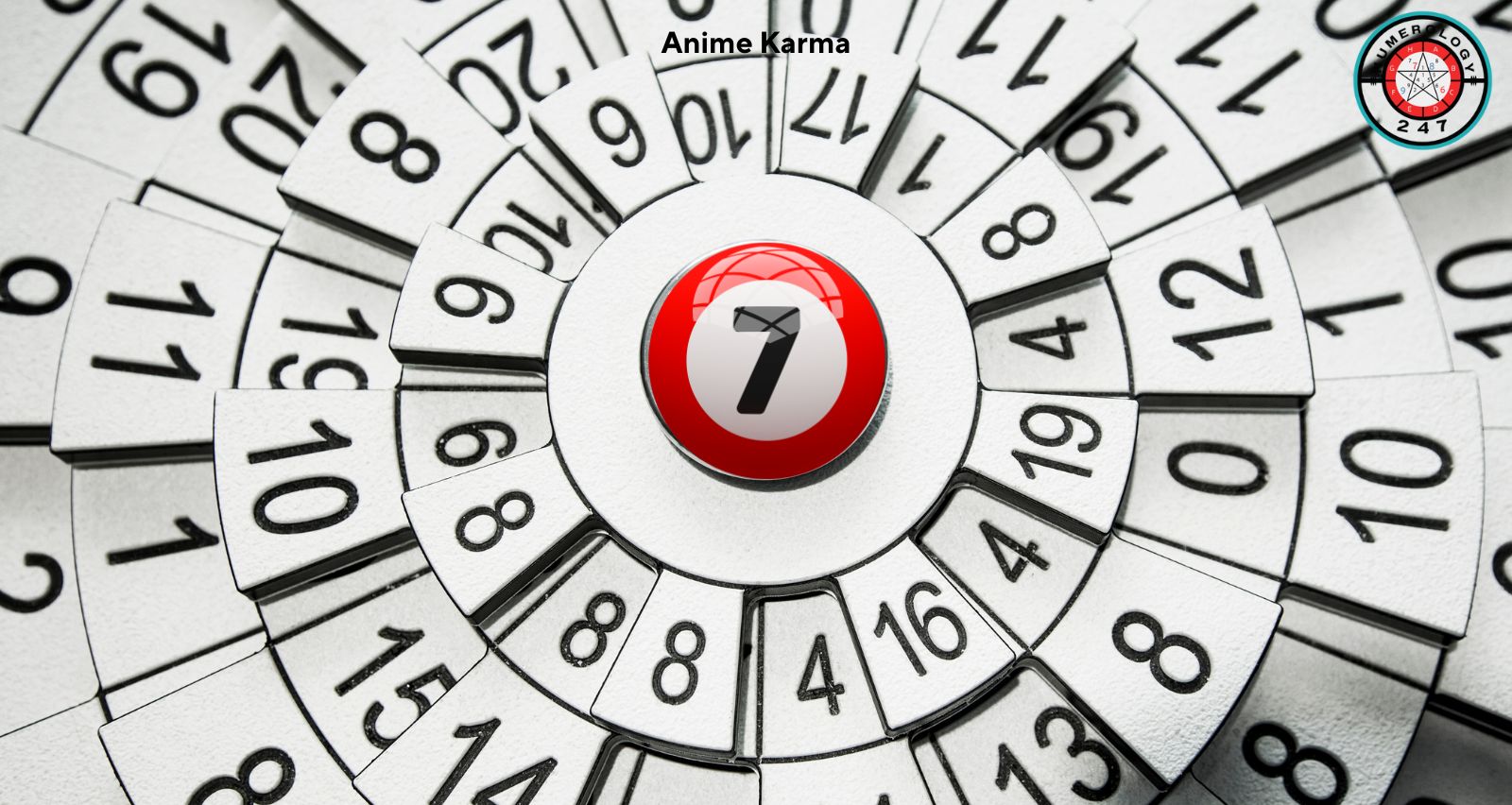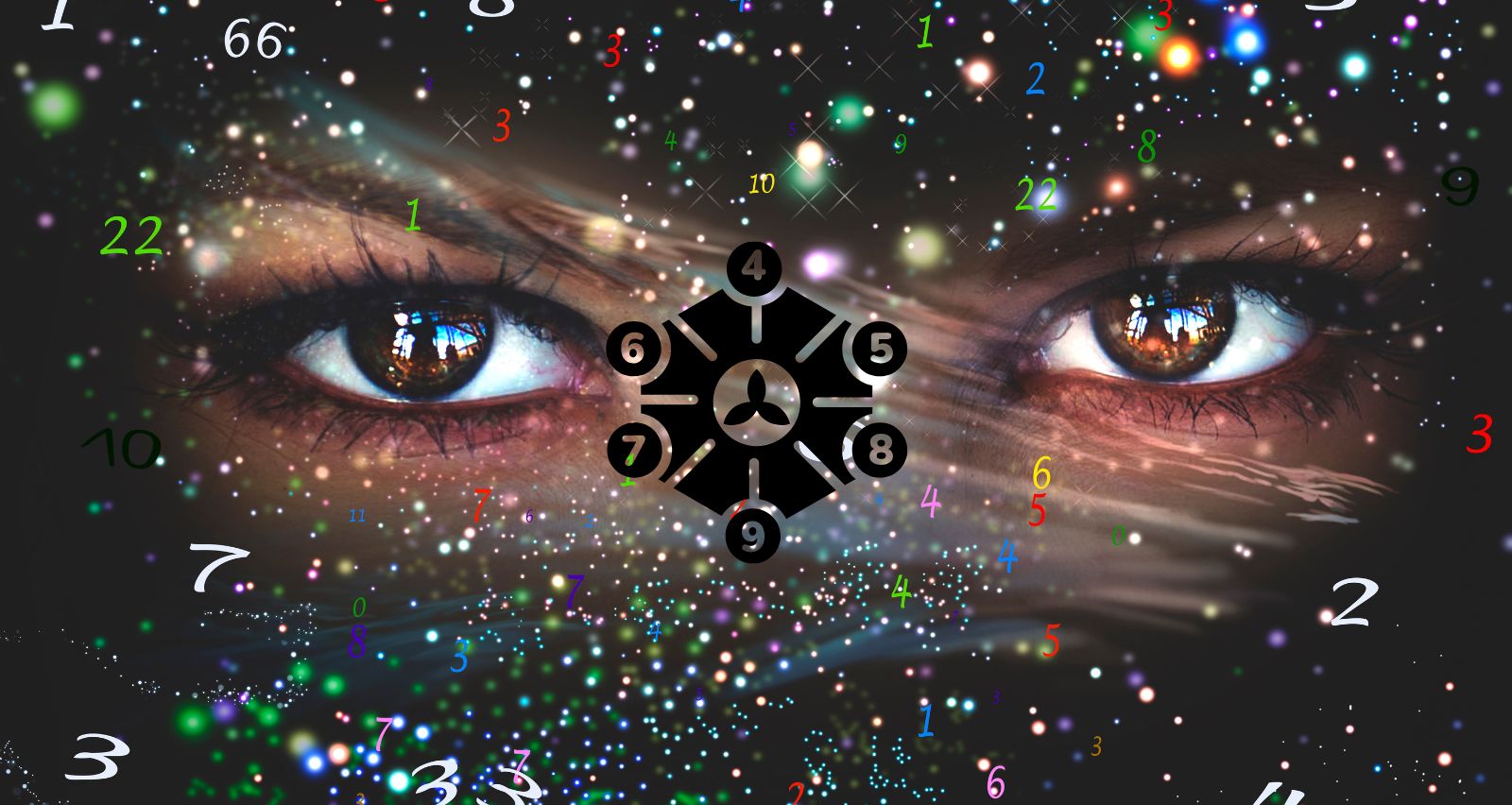
A Comprehensive Guide to Astrological Predictions
Astrology has fascinated humanity for millennia, offering insights into personality, destiny, and life events through the study of celestial bodies. At the heart of this practice lies the natal chart—a cosmic snapshot of the sky at the exact moment of birth. This 2000-word guide explores natal charts in depth, covering their components, interpretations, and how they form the basis for astrological predictions.
What Is a Natal Chart?
A natal chart (also called a birth chart or horoscope) is a map of the planetary positions at the time of an individual’s birth. It includes:
- Planets (Sun, Moon, Mercury, Venus, Mars, Jupiter, Saturn, Uranus, Neptune, Pluto)
- Zodiac signs (Aries, Taurus, Gemini, etc.)
- Houses (12 divisions representing life areas)
- Aspects (angles between planets, influencing their interactions) 17.
Unlike Sun-sign horoscopes, which generalize based on one’s birthday, a natal chart is highly personalized, requiring the exact birth date, time, and location for accuracy 57.
Key Components of a Natal Chart
1. Planets and Their Meanings
Each planet governs different aspects of life:
- Sun – Core identity, ego, life purpose 11.
- Moon – Emotions, instincts, subconscious 11.
- Mercury – Communication, intellect, learning 11.
- Venus – Love, beauty, values 11.
- Mars – Energy, aggression, drive 11.
- Jupiter – Luck, expansion, growth 11.
- Saturn – Discipline, challenges, karma 11.
- Uranus – Innovation, rebellion, sudden change 11.
- Neptune – Dreams, illusions, spirituality 11.
- Pluto – Transformation, power, rebirth 11.
2. Zodiac Signs
The 12 signs modify planetary energies:
- Fire signs (Aries, Leo, Sagittarius) – Passionate, dynamic.
- Earth signs (Taurus, Virgo, Capricorn) – Practical, grounded.
- Air signs (Gemini, Libra, Aquarius) – Intellectual, communicative.
- Water signs (Cancer, Scorpio, Pisces) – Emotional, intuitive 11.
3. Houses: Areas of Life
The chart is divided into 12 houses, each governing different life aspects:
- Self, identity
- Money, possessions
- Communication, siblings
- Home, family
- Creativity, romance
- Health, routines
- Partnerships, marriage
- Transformation, shared resources
- Philosophy, travel
- Career, public image
- Friends, community
- Subconscious, spirituality 59.
4. Aspects: Planetary Relationships
Aspects (angles between planets) influence how planetary energies interact:
- Conjunction (0°) – Intense fusion of energies.
- Square (90°) – Tension, challenges.
- Trine (120°) – Harmony, natural talent.
- Opposition (180°) – Polarization, balance needed 14.
How to Read a Natal Chart for Predictions
1. Identifying Dominant Themes
- Sun, Moon, and Rising Sign (Ascendant) form the core personality.
- Stelliums (3+ planets in one sign/house) highlight key life themes.
- Empty houses don’t mean weakness—they suggest less planetary focus in that area 511.
2. Predictive Techniques
Astrologers use several methods to forecast life events:
- Transits – Current planetary movements affecting the natal chart.
- Progressions – A symbolic “aging” of the chart over time.
- Solar Returns – Yearly charts marking personal growth cycles 711.
3. Timing Major Life Events
- Saturn Return (~age 29, 58) – Major maturity phases.
- Jupiter Return (~every 12 years) – Luck and expansion cycles.
- Uranus Opposition (~age 42) – Midlife awakenings 11.
Common Misconceptions About Natal Charts
- “I don’t need my birth time.” – Without it, the Ascendant and houses are inaccurate 36.
- “My Sun sign is all that matters.” – The Moon, Rising, and other planets are equally important 11.
- “A bad aspect means doom.” – Challenges in charts often lead to growth 15.
Conclusion: The Power of Natal Charts
A natal chart is a cosmic blueprint, offering profound insights into personality, strengths, challenges, and life timing. While astrology doesn’t dictate fate, it provides a framework for self-awareness and growth.
For those interested in exploring their own chart, free tools are available at:
By studying your natal chart, you unlock a deeper understanding of your life’s journey—past, present, and future.
